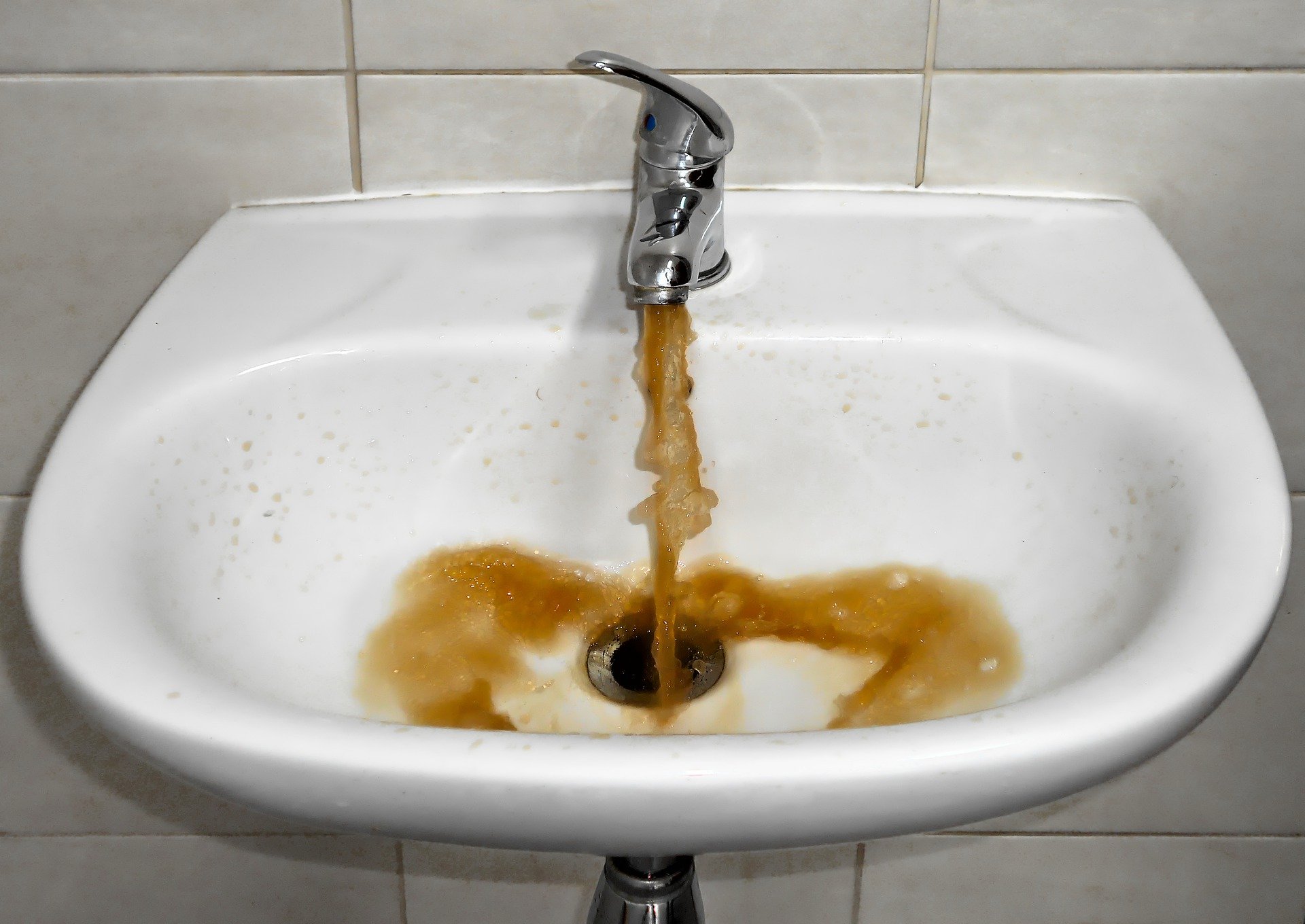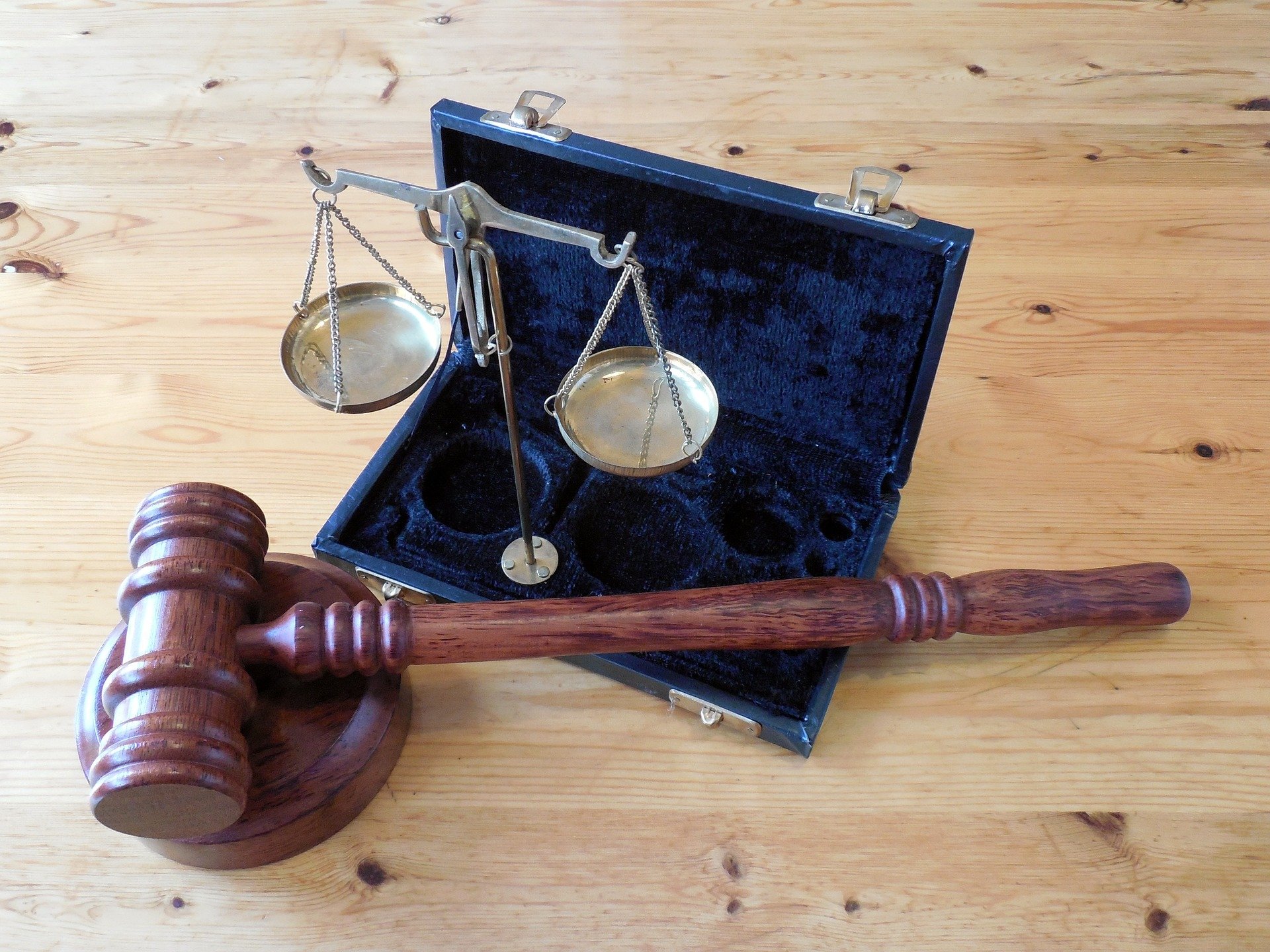Legionella Risk Assessment

Making your water system safe
A Legionella risk assessment is a fundamental step in protecting your employees and the public from exposure to contracting Legionnaires' disease.

Experienced Assessors
We provide Legionella Risk Assessors who are City and Guilds' qualified and have a practical background of water systems.

Regulations
Legionella is covered by a number of different laws and regulations. They are a statutory requirement under the Health and Safety at Work Act 1974 amongst others.
